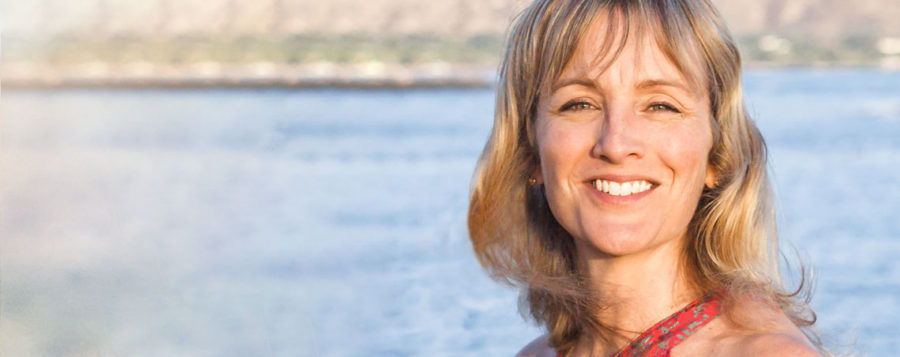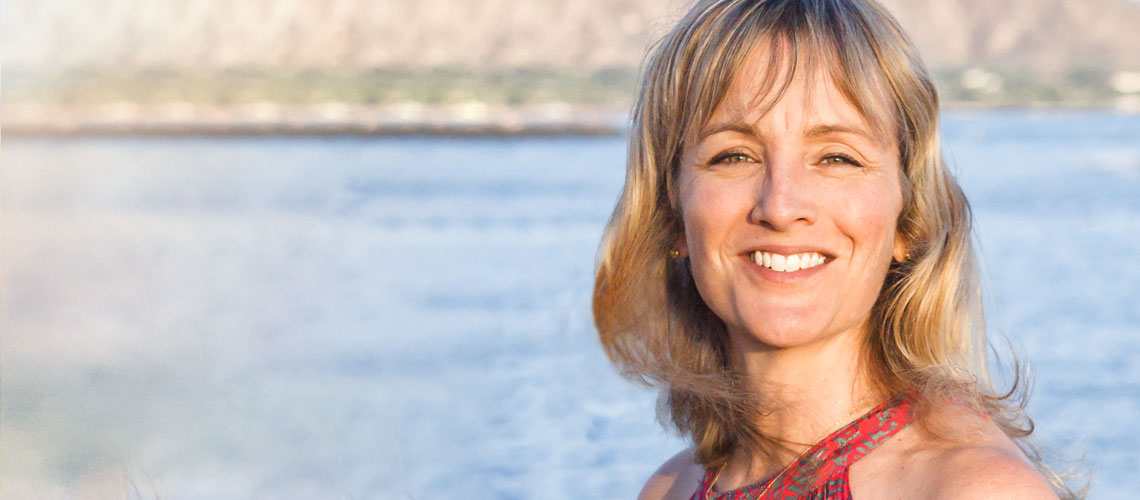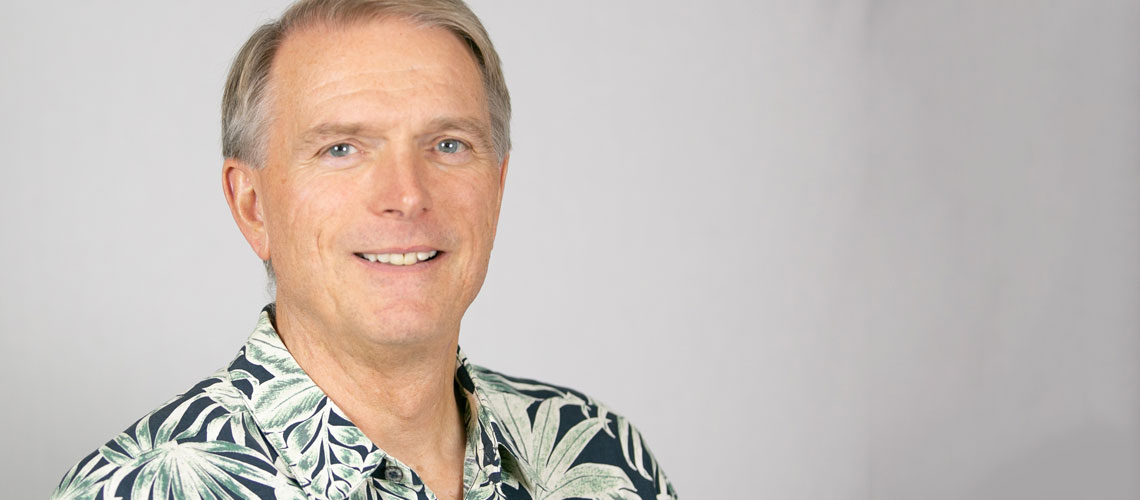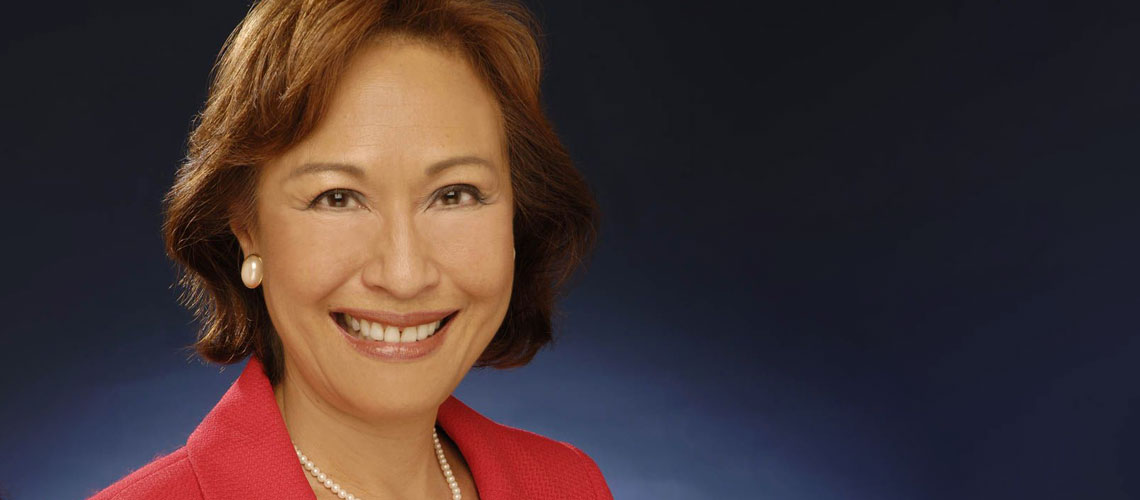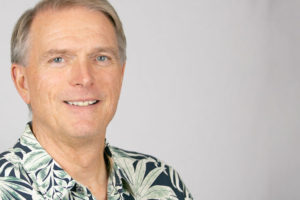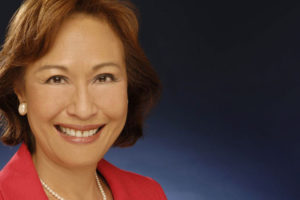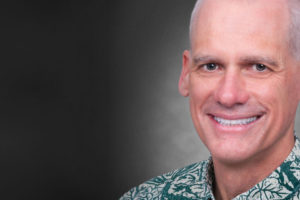You have a wealth of prior health plan experience, including working with rural and indigenous populations. What insight are you bringing to this role from low-income populations on the mainland?
Twenty-five years working with Medicaid programs has taught me that every state has a unique blend of needs and that the communities we live in are the foundation for individual health. A key reason I chose to work in Hawaii is the strong sense of community which is similar to what I experienced in my last role in New Mexico. Our health plan provided health care coverage statewide which included serving 23 Native American tribes and the Navajo Nation. Native American values influenced how the overall community viewed the importance of family, tradition, healing and connection to the land. Both New Mexico and Hawaii believe strongly that health care is a right and expect that community voice will help define how care is delivered. The diversity of my career experience gives me a larger toolbox of best practices from which to draw from but the choice of what strategies will help improve care within a specific community is driven by those who are living in that community.
What have been the biggest turning points in healthcare over the course of your career?
As a child, I grew up in the era of indemnity insurance but my first employer provided coverage was through a managed care plan. I entered the workforce at a time when Medicaid managed care was first expanding. Along the way, policy changes expanded the breadth of managed care government programs to include children’s health insurance, Medicare Part D prescription drugs, long term services, Medicare/Medicaid integration, and ACA expansion populations. I was part of maturing health plans from primarily administrative entities to include capabilities for care management and social service coordination. Now health plans are expected to convene and collaborate with a wide variety of community organizations towards the goal of improving the overall health of the community. We have evolved from taking control to facilitating care in the community. Finally, the expectations of consumers have changed with a new generation that expects convenient care and electronic communication. Today, health plans are much larger entities who are community minded and rely on big data analytics to target interventions proactively.
Tell us about Waiwai Ola. How common is this type of community investment program among health insurers and what kind of feedback or results have you seen?
While it is not uncommon for health plans to do charitable giving, for an organization our size to commit 6.4 million dollars in a two-year period is significant. For AlohaCare, this is the beginning of a now annual process to set aside a portion of our net income to reinvest in the communities we serve. We are an independent, non-profit so there are no shareowners to satisfy and 100% of these funds are awarded in Hawaii. Waiwai Ola is a unique community reinvestment program that seeks to inspire and incubate ideas to improve how care is delivered. We believe that those who provide care in the community have valuable insight as to how to solve problems within their communities.
We received overwhelmingly positive feedback about Waiwai Ola, from primary care providers/organizations, their community partners, our team members and even our own health plan members. Our hope is that together we find ways to improve the health of individuals and communities.
We are starting to see success with our Waiwai Ola awardees. With Waiwai Ola we are able to work directly with local community organizations to improve health outcomes at a community level. For example, in Dr. Theresa Wee’s program in Waipio, families underwent a training program to prevent and treat childhood obesity. In the first cohort of families, 42% of participants decreased their BMI and 38% decreased in fat; all 100% of participants felt better about making healthy eating decisions for their family. In rural Hana, Hana Health was able to conduct 119 behavioral health screenings for teens and young adults, and then provide access to telehealth or on-site services. With its Waiwai Ola award, West Hawaii Community Health Center was able to provide 74 students with behavioral health services in the Kealakehe area, as well as start a paramedicine program to proactively reach out to those in Kona that have difficulties accessing care or who do not access care at all.
AlohaCare also continues to do traditional charitable giving. Last year we gave funding to more than 65 community organizations offering a wide array of non-medical services such as food, education, employment and peer/family support. Our team members also give generously to Aloha United Way and other charitable campaigns while having fun working together to benefit the community.
Health insurers across the board have been looking at prevention as a way to control costs. What does that look like for AlohaCare?
High costs in health care mean that individuals are sick, in pain and families are not enjoying wellness. Some people view prevention as a series of screenings for early identification of problems. We expand the definition to focus on improving health outcomes and overall wellness for our members. This population health approach means addressing not only medical needs but also behavioral and social. While cost-savings are important to taxpayers, our primary focus is on our members’ health and wellness. When our members are healthier, that also puts less financial and capacity stress on our healthcare system, especially in rural areas where there are fewer providers and healthcare facilities.
Our model of care is high touch and member-centered, which means that we place our members’ needs first. Each of our 65,000 members has a care manager who helps them access services and get needed care – everything from assisting them with finding a provider, to coordinating transportation and reminding them about follow up care. Members define their goals and we help facilitate their success. Sometimes this means helping locate housing and food for their families. We believe this preventive approach helps keep our members healthy and we know that is also reduces unnecessary emergency and hospital visits.
What are your thoughts on the direction and evolution of the Affordable Care Act?
It’s been five years since major ACA provisions were implemented and overall it has helped to reduce the number of uninsured Americans. However, across our country insurance affordability and disparities by geography, race, ethnicity and income continue to be problematic. In Hawaii, we are fortunate that our State committed to an employer mandate pre-ACA (the Hawaii Prepaid Health Care Act) and to Medicaid expansion via ACA. Only four percent of our residents are uninsured (Kaiser Family Foundation, Health Insurance Coverage of the Population) but we need to focus on bending the health care cost curve so we can continue to serve as many people as possible with our limited resources. Increasing total cost of care and provider shortages are real threats we must address together. Health insurance reform does not reform health care delivery. Improving our healthcare system to support whole-person health requires partnership and the contributions of everyone in our community. Our health care system will be healthier if our communities are healthy.

